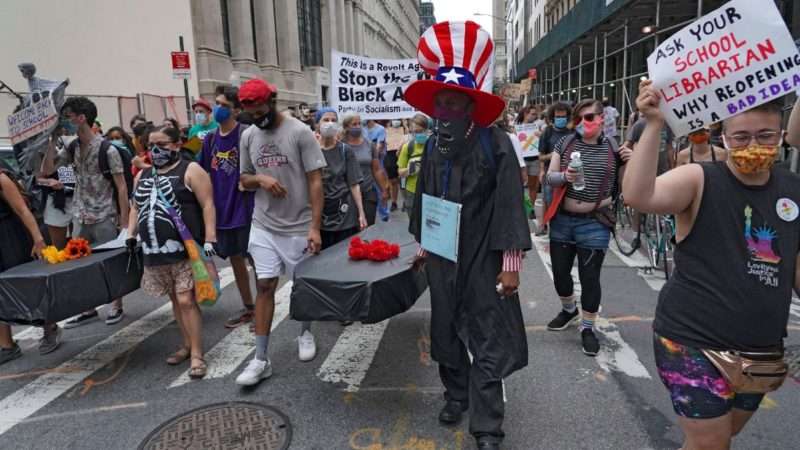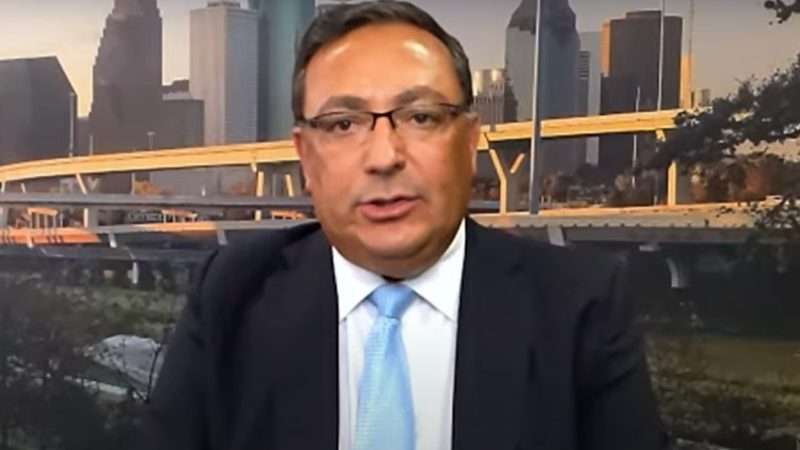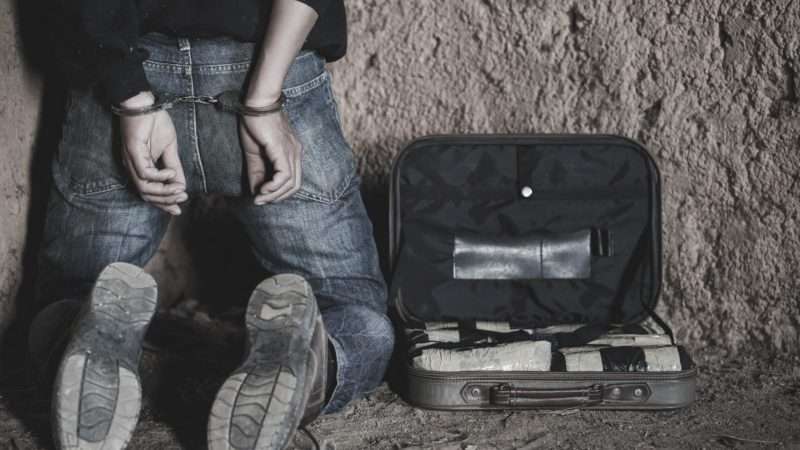
School closures have affected over 55 million K–12 students in the U.S. since March as the nation deals with the coronavirus pandemic. Although numerous private schools and day care centers have adjusted to the pandemic and reopened, many public school districts and teachers unions are fighting to remain closed in the name of safety. In fact, 85 percent of the country’s 20 largest public school districts have already announced that they will not be reopening schools for any in-person instruction as the school year begins.
Some have noted these reopening decisions often appear to be driven by politics rather than public health. Unfortunately, many teachers groups are contributing to this appearance. In their report on safely reopening schools, for example, the Los Angeles’ teachers union went beyond detailing the safety needs of teachers and students, also calling for politicians to enact a wealth tax, Medicare for All, and a ban on charter schools.
Similarly, 10 teachers unions across the country joined a coalition that included the Democratic Socialists of America to “Demand Safe Schools.” But rather than focus on student and teacher safety, they demanded a ban on new charter schools and voucher programs as well as the cancellation of rents and mortgages.
When a reporter asked Washington, D.C., Mayor Muriel Bowser if trends in the city’s COVID-19 cases justified the all-virtual start to the school year, Bowser responded, “No. I wouldn’t say the attention to the health metrics is the only thing that’s leading to our decision today” and that “clearly we want to work with our workforce.”
New data suggest these anecdotes—and the underlying theory that reopening has more to do with power dynamics than safety—have some merit.
Education Week recently compiled data on the reopening decisions made by 563 school districts in the U.S. The data indicate a stark relationship between school district reopening plans and whether the school district is located in a state that requires union membership as a condition of employment as a teacher. Right now, school districts in states that require union membership are 25 percentage points less likely to plan to reopen with full-time in-person instruction available than school districts in right-to-work states. About 38 percent of school districts in right-to-work states have decided to offer full-time in-person instruction, whereas only around 13 percent of school districts in states that require union membership are offering the same.
The data also suggest that districts in states with stronger teachers unions—as measured by the Thomas B. Fordham Institute, a conservative think tank, in 2012—are significantly less likely to reopen in person this fall. In Florida, for example, the largest school districts in the state’s biggest cities are only offering remote learning to start the year but, statewide, 73 percent of the school districts in the dataset are reopening full-time with in-person instruction this fall. Meanwhile, just 4 percent of districts across California, a state with much stronger teachers unions, are offering in-person instruction.
Although these results are correlational, they make sense. Teachers unions with more power are in better positions to influence school districts not to reopen in person.
In theory, school districts in unionized states could be more likely to go fully online this fall simply because they might be in areas with more COVID-19 cases and risk. But the data generally do not support that theory. The relationship between unionization and reopening decisions remains substantively and statistically significant even after controlling for school district size and coronavirus deaths and cases per capita in the county during the month of July.
Jon Valant, a senior fellow at the Brookings Institution, also recently found, COVID-19 risk was not statistically related to school district reopening decisions. Valant’s analysis found school district reopening decisions are instead related to people’s political leanings and support for President Donald Trump. The latest data show that a 10 percentage point increase in the share of Trump voters from the 2016 presidential election in a county is associated with an 11 percentage point increase in the likelihood of a school district reopening in person this fall. Likewise, the less support Trump had in an area, the less likely that school district is to offer in-person learning right now.
Like so many other things in this highly polarized moment, school reopening decisions are likely being influenced by factors other than the safety of students, families, and teachers. To be clear, this doesn’t mean teachers unions have bad intentions. Their leaders are often just trying to do their jobs by pushing for policies that benefit their members, particularly older teachers who could be at higher risk for COVID-19 complications.
But this debate is highlighting the problems with our school finance model. Public school districts are funded primarily through property taxes, regardless of whether they meet the needs of students and families, so schools have little incentive to focus on students.
from Latest – Reason.com https://ift.tt/326IgZY
via IFTTT




